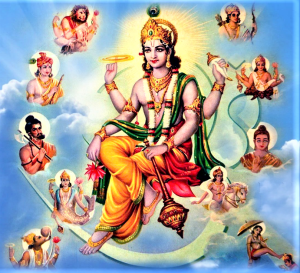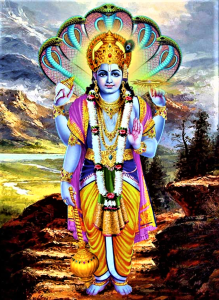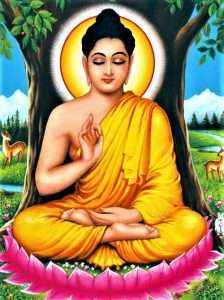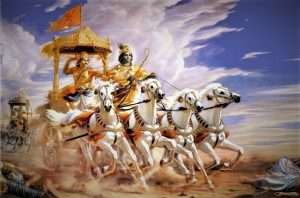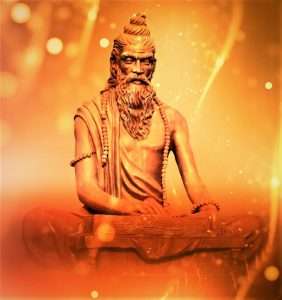The Definition of Yoga
In the modern time Yoga has been defined by many people in many ways. We understand the importance of these definitions and that is quite true in terms of how one relates to them.
Yoga is a Sanskrit word. It is derived from the root word “yuj” which means ‘to join’, therefore Yoga literally implies ‘unity’ or ‘oneness’. This unity or joining at transcendental level implies the union of the individual soul with the cosmic soul. On a more practical level, Yoga provides also means of balancing and harmonising the body, mind and emotions. This is possible through observing the disciplines of Yoga before transcendental union may dawn on individuals. Nevertheless, in the blog we would refer to the ancient scriptures for the appropriate sense about Yoga.
Traditional and Scriptural implication of Yoga – The very term “Yoga” needs a considerable deal of description regarding conceptions and misconceptions yoked with it. With the change of time the approach to Yoga has also undergone sea changes as a result of which many misconceptions have sprouted. Nevertheless, “Yoga”, as the very root of the wisdom shines into the pages of holy texts and sings celestial songs. We fetch the attention of the readers to that hereunder –
Scriptural Conception about Yoga – At several places in The Gita, the most beautiful and the most concise meaning of Yoga is available. For example, in the chapter 2, verse 48 where Lord Krishna speaks to Arjuna –
 Verse in Sanskrit –
Verse in Sanskrit –
श्रीभगवान्उवाच।
योगस्थः कुरु कर्माणि सङ्गं त्यक्त्वा धनञ्जय।
सिद्ध्यसिद्ध्योः समो भूत्वा समत्वं योग उच्यते॥२ – ४८॥
Transliteration –
Sri-bhagavan uvaca
Yogasthaha kuru karmaani sangam tyaktvaa dhananjaya|
Siddhyasiddhyoh samo bhootvaa samatvam yoga uchyate||2 – 48||
Meaning – The supreme personality of Godhead says – “O Arjuna, Be steadfast in Yoga and perform your duty, giving up all attachments, and unmindful of success and failure. Such evenness/equilibrium/equanimity of mind is called Yoga”. (Chapter|| 2 – 48||)
Further in Chapter 6, Verse 23, Lord Krishna says –
Verse in Sanskrit –
तं विद्याद् दु:खसंयोगवियोगं योगसञ्ज्ञितम्|
स निश्चयेन योक्तव्यो योगोऽनिर्विण्णचेतसा||६ – २३||
Transliteration –
Tam vidad duḥkha sanyoga viyogam yogasangitam|
Sa nishchayena yoktavyo yogo nirvinnachetasa||6 – 23||
Meaning – Let that be known as Yoga which brings severance from union with pain. This Yoga should be practised with determination and with an undesponding (non-despondent) mind.
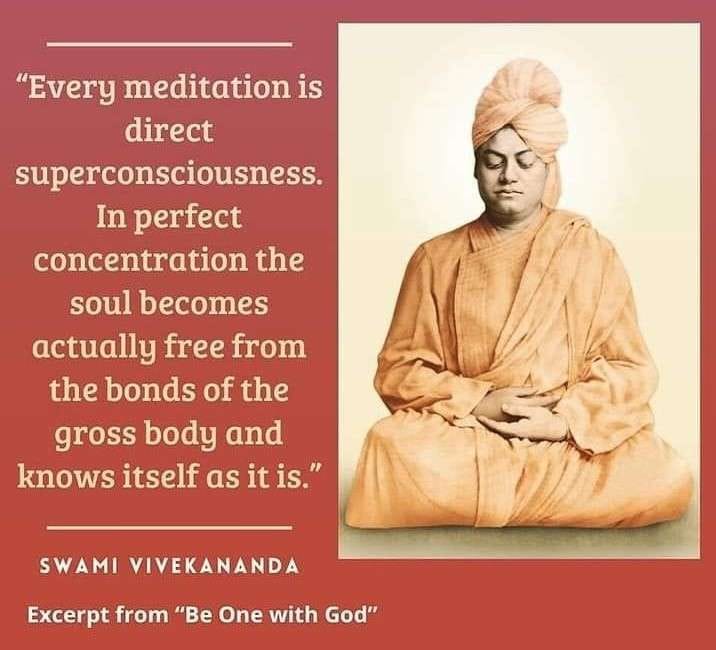 Another great text “Yoga Sutra of Patanjali” which is the most popular document of Yoga worldwide, describes Yoga in the following way –
Another great text “Yoga Sutra of Patanjali” which is the most popular document of Yoga worldwide, describes Yoga in the following way –
In Sanskrit –
योगश्चित्तवृत्तिनिरोधः॥१.२॥
Transliteration –
Yogashchittavrittinirodhah||1.2||
Meaning – Yoga is restraining the mind-stuff (Chitta) from taking various forms (Vrittis).
Summary – Taking into consideration the above imports from scriptures, we understand that Yoga is a state of evolution which allows one to be free from all limitation and pains of life. Yoga allows one to experience freedom from all bondages and attain liberation which is beyond birth, death, pain, pleasure and all kinds of dualities.
With Love and Gratefulness (Founder Rohit Kumar)
Source – Texts on Tantra, Yoga, Teachings of Swami Satyananda Saraswati and personal study.
Hari Om Tat Sat!





